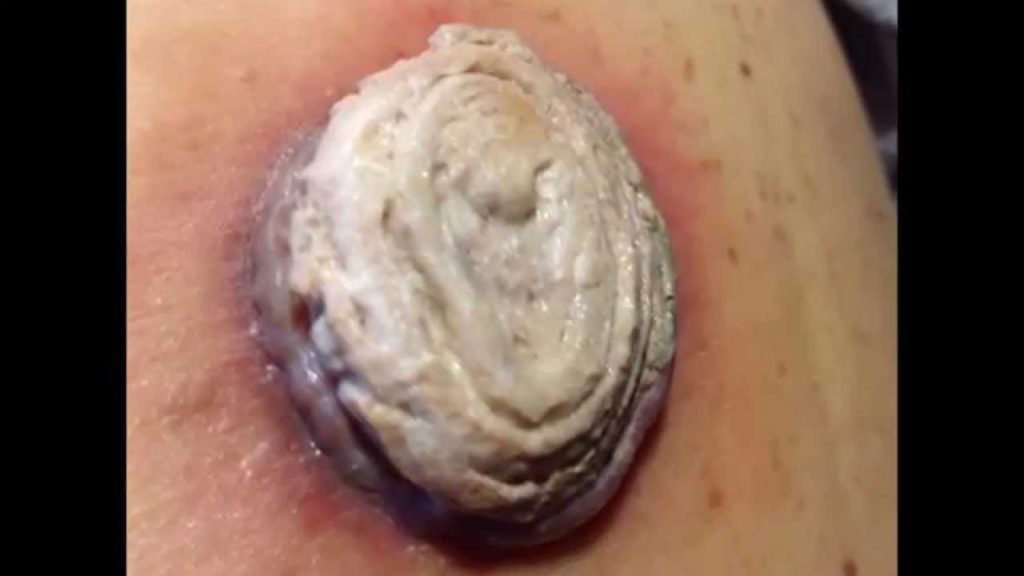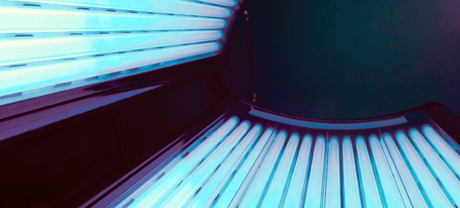The first sign of a melanoma is often a new mole or a change in the appearance of an existing mole.
Normal moles are usually round or oval, with a smooth edge, and no bigger than 6mm (1/4 inch) in diameter (see first photo).
See your GP as soon as possible if you notice changes in a mole, freckle or patch of skin, particularly if the changes happen over a few weeks or months (see second photo, below).
Signs to look out for include a mole that’s:
getting bigger
changing shape
changing colour
bleeding or becoming crusty
itchy or sore
The ABCDE checklist should help you tell the difference between a normal mole and a melanoma:
Asymmetrical – melanomas have two very different halves and are an irregular shape.
Border – melanomas have a notched or ragged border.
Colours – melanomas will be a mix of two or more colours.
Diameter – melanomas are larger than 6mm (1/4 inch) in diameter.
Enlargement or elevation – a mole that changes size over time is more likely to be a melanoma.
See ABCDE of moles for a visual guide.
Melanomas can appear anywhere on your body, but they most commonly appear on the back in men and on the legs in women. They can also develop underneath a nail, on the sole of the foot, in the mouth, or in the genital areas, but these types of melanoma are rare.
Melanoma of the eye
In rare cases, melanoma can develop in the eye. It develops from pigment-producing cells called melanocytes.
Eye melanoma usually affects the eyeball. The most common type is uveal or choroidal melanoma, which occurs at the back of the eye. Very rarely it can occur on the conjunctiva (the thin layer of tissue that covers the front of the eye) or in the iris (the coloured part of the eye).
Noticing a dark spot or changes in vision can be signs of eye melanoma, although it’s more likely to be diagnosed during a routine eye examination.
Read more about melanoma of the eye.



